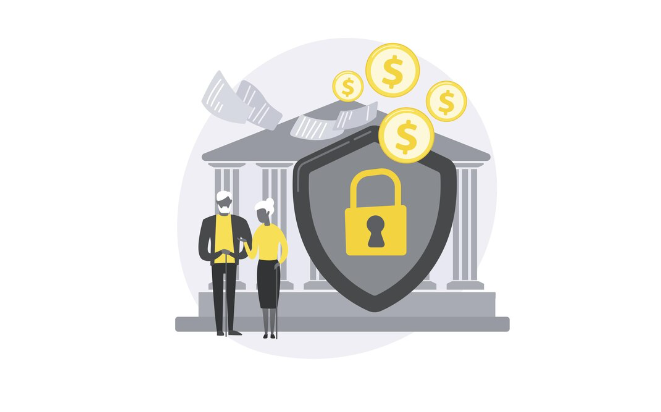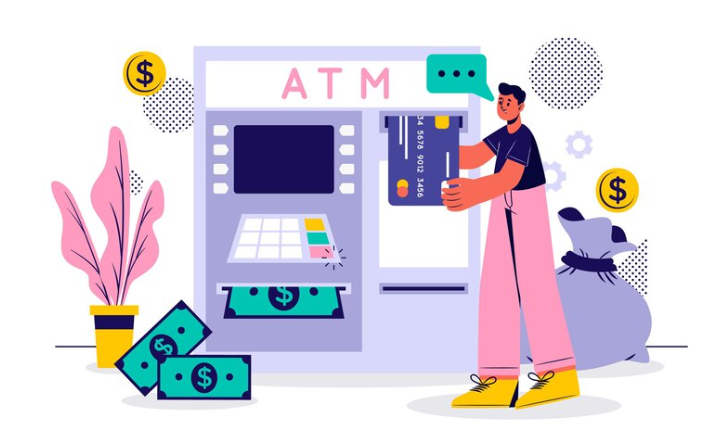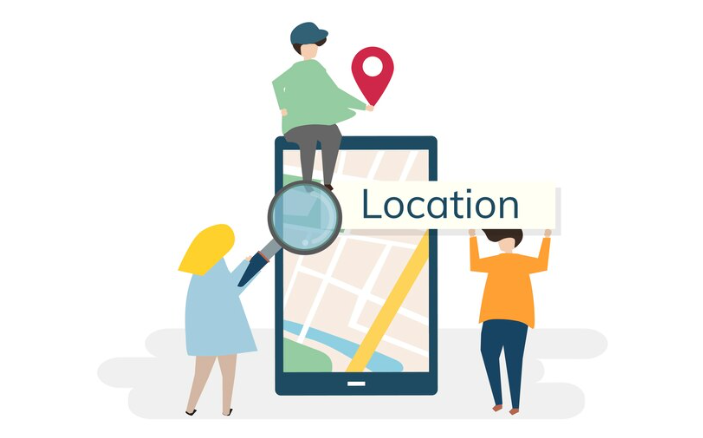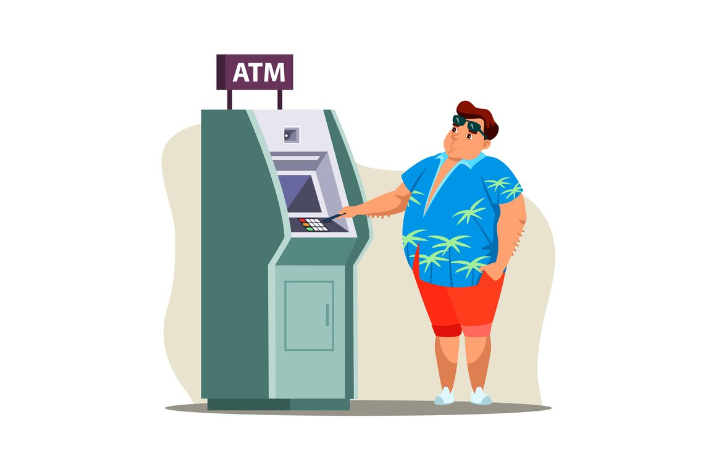Starting an ATM business can provide you with a number of benefits. For instance, it provides you with high-recurring revenue, customer loyalty, and many more.
But do not just blindly invest in the ATM business; doing so can greatly increase the chances of failure. Due to this, it is recommended that you follow the right steps in order to start an ATM business. In this blog post, we have discussed those steps in complete detail.
Also, read our blog about Everything You Need to Know About Landscaping Business Cards
How To Start An ATM Business
Starting a business regarding ATMs requires thorough research and compliance with various regulations. Entrepreneurs must understand the basics of how the ATM industry works and analyze current market trends to identify opportunities.
It’s also important to evaluate factors like potential revenue streams, competition in target areas, and initial investment costs to determine feasibility.
Developing a comprehensive business plan is a crucial early step. This should outline clear goals and objectives as well as financial projections. The plan helps secure necessary funding and serves as a roadmap for operations.
-
Research and Planning
 Researching regulations is a key part of planning. Laws exist at both the state and federal levels regarding financial services, accessibility, consumer protection, and more.
Researching regulations is a key part of planning. Laws exist at both the state and federal levels regarding financial services, accessibility, consumer protection, and more.
Understanding these requirements upfront avoids issues down the road. Analyzing market trends provides insight into things like which locations see heavy foot traffic versus those with fewer users. This type of demographic data helps when selecting prime spots to deploy ATMs.
-
Commitment to the Law
 Various permits and licenses may need to be obtained to legally operate ATMs. These regulatory requirements differ between locations. In most areas, compliance with banking and currency exchange rules is mandatory.
Various permits and licenses may need to be obtained to legally operate ATMs. These regulatory requirements differ between locations. In most areas, compliance with banking and currency exchange rules is mandatory.
Additional certifications around security, emergency protocols, and ADA accessibility standards must also typically be met. Partnering only with reputable cash management companies and armored transport services ensures safety protocols are followed.
-
Secure Funding
 Securing adequate funding is vital when starting an ATM business. Entrepreneurs must determine startup and operational costs for purchasing or leasing ATMs, securing prime locations, stocking cash, ongoing maintenance, marketing efforts, and more.
Securing adequate funding is vital when starting an ATM business. Entrepreneurs must determine startup and operational costs for purchasing or leasing ATMs, securing prime locations, stocking cash, ongoing maintenance, marketing efforts, and more.
Some funding options to consider include:
- Personal savings and loans
- Investors who provide capital in exchange for equity in the company
- Partnerships with other ATM owners who can share resources
- Crowdfunding campaigns or online lenders for small business loans
- Revenue-sharing agreements with ATM manufacturers or cash management companies
Proper evaluation of funding requirements and having alternative funding sources lined up helps ensure a new ATM business gets off the ground.
-
Acquire ATMs
 Once funding is secured, entrepreneurs must choose the type and quantity of ATMs to deploy based on their business plan and budget. Careful research into ATM manufacturers, models, features, and costs is required to find machines that meet requirements.
Once funding is secured, entrepreneurs must choose the type and quantity of ATMs to deploy based on their business plan and budget. Careful research into ATM manufacturers, models, features, and costs is required to find machines that meet requirements.
Options include purchasing ATMs outright, which involves a higher upfront cost but provides more control, or leasing ATMs through revenue-sharing agreements with providers like Diebold Nixdorf, NCR Corporation, or Hyosung.
Some Bitcoin ATM businesses buy or rent used machines to save on expenses. The ATM acquisition process involves vetting which suppliers offer the best value and service.
-
Location Selection
 Prime real estate is crucial to any successful ATM business. Operators must identify high-traffic areas like malls, retail complexes, transit stations, restaurants, and convenience stores with high foot traffic and potential consumer demand. Approaching property owners, managers, or banks about placement agreements requires demonstrating how on-site ATMs bring value.
Prime real estate is crucial to any successful ATM business. Operators must identify high-traffic areas like malls, retail complexes, transit stations, restaurants, and convenience stores with high foot traffic and potential consumer demand. Approaching property owners, managers, or banks about placement agreements requires demonstrating how on-site ATMs bring value.
Factors like accessibility, security provisions, and revenue-sharing terms must then be negotiated. Locations should allow maximum customer exposure while balancing fees. Data on demographics, transactions, and competing ATM locations aids the selection of sites that boost profitability.
-
Setup and Installation
 Once premium locations are secured, coordination between all involved parties ensures smooth installation and setup. This may require liaising with property managers, electricians, network providers, and cash management companies. Maintaining safety compliance and appropriate permits is also necessary.
Once premium locations are secured, coordination between all involved parties ensures smooth installation and setup. This may require liaising with property managers, electricians, network providers, and cash management companies. Maintaining safety compliance and appropriate permits is also necessary.
ATMs must be installed securely with power sources and network connectivity for functionality. Correct configuration involves loading operating software, customer interface features, security protocols, cash dispenser calibration, and testing connectivity to payment networks. Thorough configuration is key to addressing glitches and providing an intuitive customer experience from day one.
-
Cash Management
 Proper cash management procedures are vital for any ATM business. Operators must establish logistics for securing adequate cash levels, balancing, armored transportation of funds, and replenishment.
Proper cash management procedures are vital for any ATM business. Operators must establish logistics for securing adequate cash levels, balancing, armored transportation of funds, and replenishment.
This ensures machines never run out of funds to fulfill user withdrawals and transactions. Partnering with reputable cash management companies provides expert support in forecasting demand, monitoring levels, minimizing risks, and maintaining regulatory compliance.
-
Marketing and Promotion

Operators employ targeted digital marketing and promotional strategies to drive traffic and transactions at deployed ATM locations. This involves utilizing signs, banners, or decals near machines, social media campaigns, and potentially loyalty programs.
Promotions offering temporary fee discounts or rewards help attract new customers while building brand recognition. Analytics aid in optimizing spend across the most effective channels.
-
Operations and Maintenance
 Scheduled ATM maintenance such as software updates, cleaning, and functionality checks help ensure reliable performance meets consumer expectations. Customers depend on 24/7 access to funds – downtime impacts the bottom line.
Scheduled ATM maintenance such as software updates, cleaning, and functionality checks help ensure reliable performance meets consumer expectations. Customers depend on 24/7 access to funds – downtime impacts the bottom line.
Prompt response to support inquiries further enhances user experience. Periodic security audits and employee training reduce fraud risks as the business grows. Performance tracking identifies education areas to refine processes.
-
Track Performance and Adapt

Tracking key metrics is essential for any ATM business seeking continuous improvement. Operators must analyze transaction data, revenue, machine uptime percentages, customer feedback, and more to identify opportunities. Locations producing fewer transactions may require adjusting marketing approaches or even relocating underperforming machines.
As consumer preferences and competing offerings evolve, periodic assessment aids pivoting strategies. For example, introducing new features like bill payment options or adding cryptocurrency services based on demand. A data-driven approach to ongoing assessment and refinement helps maximize profits from each deployed ATM over the long run.
Frequently Asked Questions
How much does it cost to start an ATM business?
The cost can range from $50,000-$100,000 initially, depending on factors like the number of machines, locations, licensing, and other expenses. Ongoing costs also require consideration in planning funding needs.
What licenses are required?
Licenses may include money transmitter permits and installation permits, depending on location. Research ensures all regulatory bases are covered to avoid delays.
How do I choose locations for ATMs?
Target high-traffic areas are maximizing exposure, like malls, transit hubs, restaurants, and 24/7 stores. Demographic factors also impact performance.
What ways of paying may I provide?
Offering multiple payment types attracts more users. Consider debit/credit cards, cash, cryptocurrency, bill pay, and more based on demand.
Wrap Up:
Starting an ATM business requires significant upfront effort; following best practices for planning, compliance, execution, and ongoing assessment can lead to strong returns. This guide has outlined the key activities of launching and sustaining a booming ATM operation.





0 thoughts on “How To Start an ATM Business – Key Steps To Follow”